Results
-
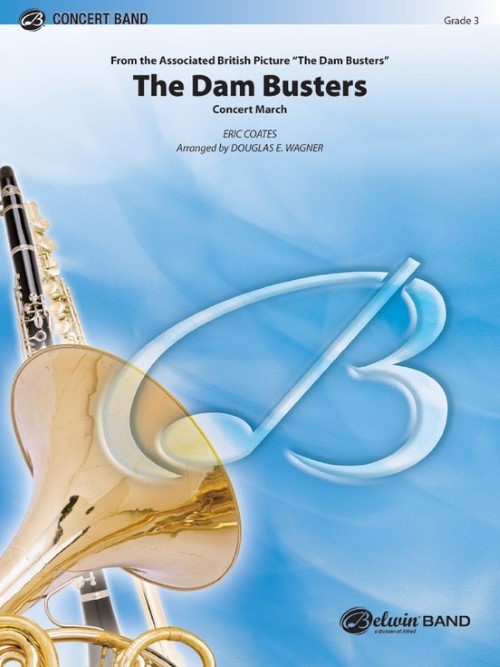 £77.50
£77.50The Dam Busters (Concert Band - Score and Parts) - Coates, Eric - Wagner, Douglas E.
Eric Coates' musical genius is celebrated in this new arrangement from Douglas E. Wagner. From the film of the same name, The Dam Busters was an instant classic and was named after a string of successful bombings on the Ruhr River which brought World War II to a more rapid end. This new arrangement of the classic march celebrates the fiftieth anniversary of the composition. Duration: 3.45
Estimated dispatch 7-14 working days
-
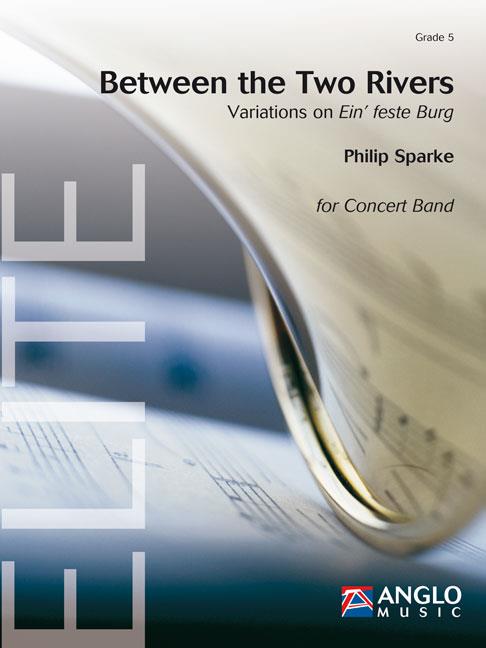 £267.99
£267.99Between the Two Rivers (Concert Band - Score and Parts) - Sparke, Philip
Between the Two Rivers was commissioned by Fanfare Prins Hendrik, from Aalst in the Netherlands. The title derives from the fact that the town of Aalst lies between two tributaries of the River Dommel. The community is a highly religious one, so the famous Luther chorale, Ein' Feste Burg, was an obvious choice for Philip Sparke to use as the theme for this new work. It takes the form of a theme with four contrasting variations. Variation 1 is a moto perpetuo, variation 2 has a slower march like feel, variation 3 is a sinister slow movement and the final variation is in the form of a lyrical fugue. Between The Two Rivers is sure to become a major work in modern concert band repertoire.Duration: 14:15
Estimated dispatch 7-14 working days
-
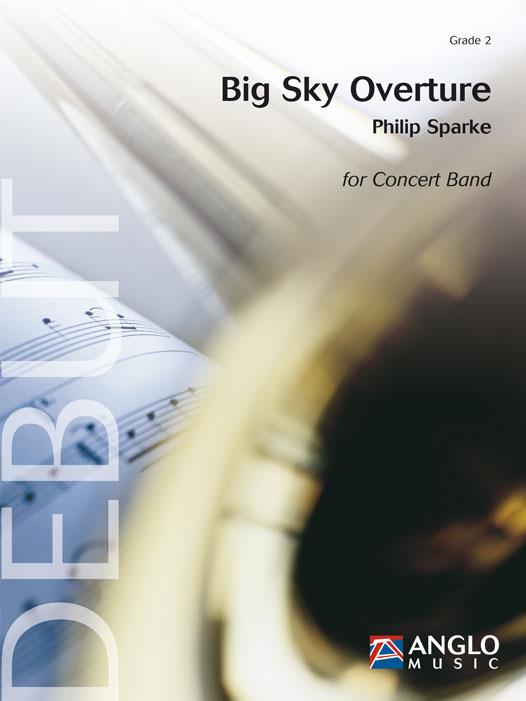 £99.99
£99.99Big Sky Overture (Concert Band - Score and Parts) - Sparke, Philip
Composer Philip Sparke is fascinated by the early history of the American west, in particular the incredible expedition undertaken by Meriwether Lewis and William Clark, who were dispatched by President Thomas Jefferson in the first decade of the nineteenth century to map the headwaters of the Missouri River and establish a route to the Pacific: a two-year journey that led them across the uncharted Great Plains and Rocky Mountains. Big Sky Overture depicts the vastness and beauty of this area and will bring a feel of the Wild West to any concert.Duration: 4:20
Estimated dispatch 7-14 working days
-
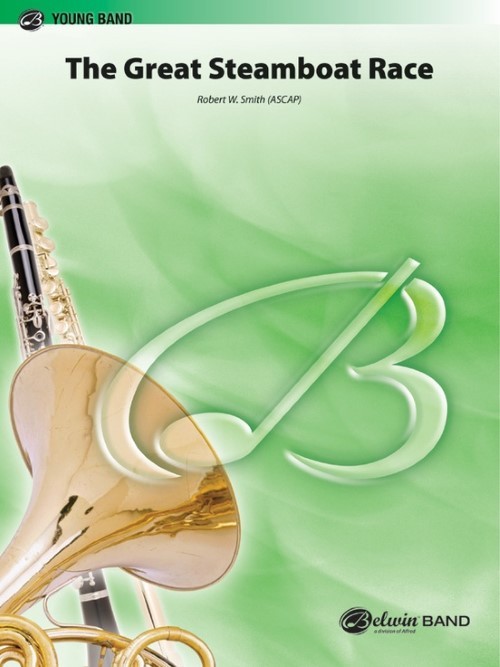 £60.50
£60.50The Great Steamboat Race (Concert Band - Score and Parts) - Smith, Robert W.
You will smell the smoke and feel the mist on your face. This innovative work by renowned composer Robert W. Smith musically recounts a famous race between two paddle boats, the Robert E. Lee and the Natchez, on the Mississippi River during the summer of 1870. It's everything you expect. Don't miss this dynamic new work. Duration: 4.30
Estimated dispatch 7-14 working days
-
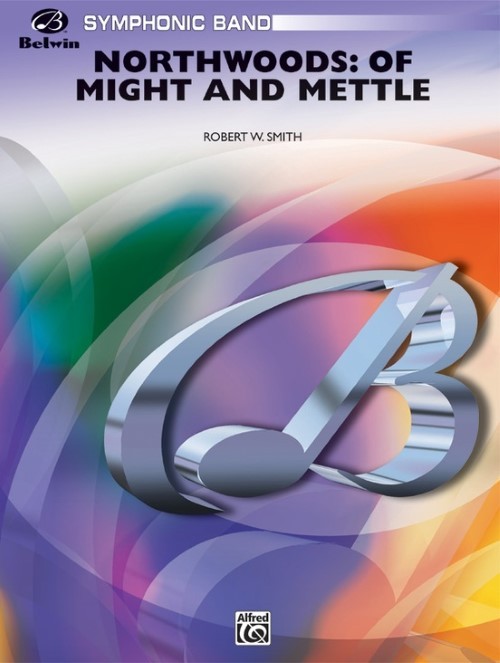 £79.50
£79.50Northwoods: Of Might and Mettle (Concert Band - Score and Parts) - Smith, Robert W.
This is a musical depiction of the day of a lumberjack in the late 1800s during the great logging drives in Wisconsin. The work begins with "Daylight in the Swamp," a mysterious setting reminiscent of the early morning conditions. It then transitions to "Waking the Camp" and develops to "Felling the Trees," a very dynamic segment. "The Ice Breaks" and "On the River" draw the composition to a serious conclusion. A most creative work. This is Robert W. Smith at his very best. Duration: 6.45
Estimated dispatch 7-14 working days
-
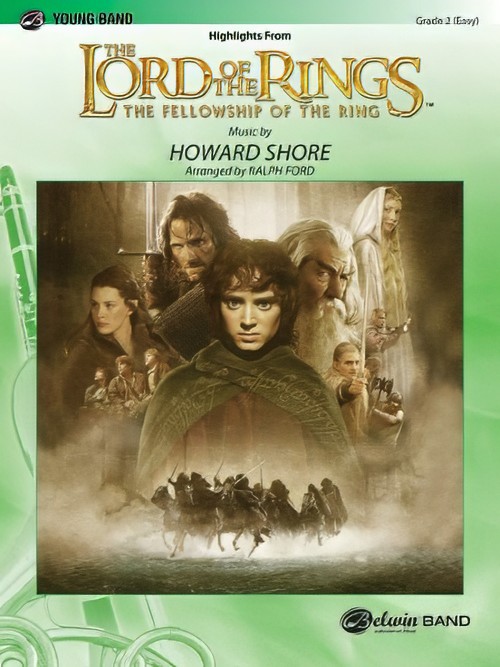 £66.95
£66.95The Lord of the Rings: The Fellowship of the Ring, Highlights from (Concert Band - Score and Parts) - Shore, Howard - Ford, Ralph
The Fellowship of the Ring is the first of the three-movie series, already recognised with an Academy Award. Here's a stunning medley of the most memorable tunes from Howard Shore's film score for your young band. Included tunes are "Many Meetings," "The Great River," "Gollum," "The Breaking of the Fellowship" and "In Dreams." Ranging from dramatic and bold to fluid and majestic, this is a diverse, musical medley.Duration: 4.45
Estimated dispatch 7-14 working days
-
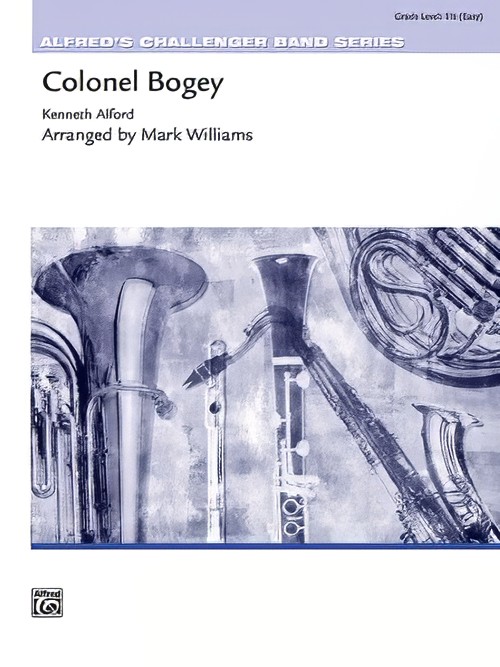 £49.95
£49.95Colonel Bogey (Concert Band - Score and Parts) - Alford, Kenneth J. - Williams, Mark
Everyone is going to want to whistle along with this well-known march made famous from its use in the film Bridge over the River Kwai. This easy-to-play arrangement begins with a single snare drum, 2-part flutes and an optional whistling part but quickly opens up into a full treatment of this great march. Highly recommended. Duration: 2.40
Estimated dispatch 7-14 working days
-
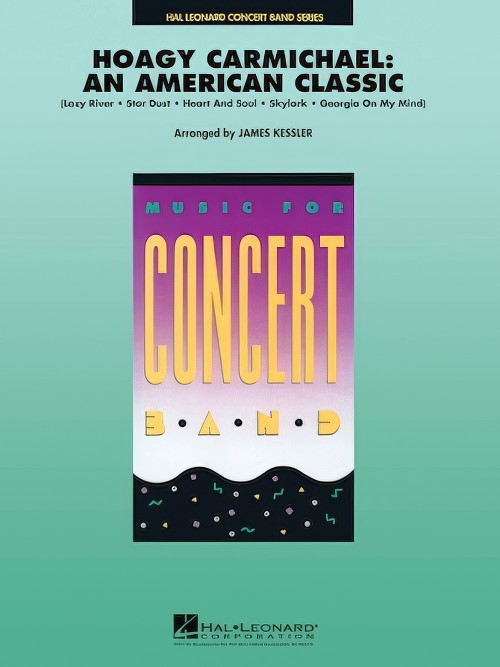 £76.99
£76.99Hoagy Carmichael: An American Classic (Concert Band - Score and Parts) - Carmichael, Hoagy - Kessler, James
1999 marked the 100th anniversary of this American songwriter's birth. Hal Leonard is pleased to release this symphonic setting of some of his most treasured songs, superbly arranged by James Kessler. Includes: Georgia On My Mind, Heart And Soul, Lazy River, Skylark, and Star Dust.
Estimated dispatch 7-14 working days
-
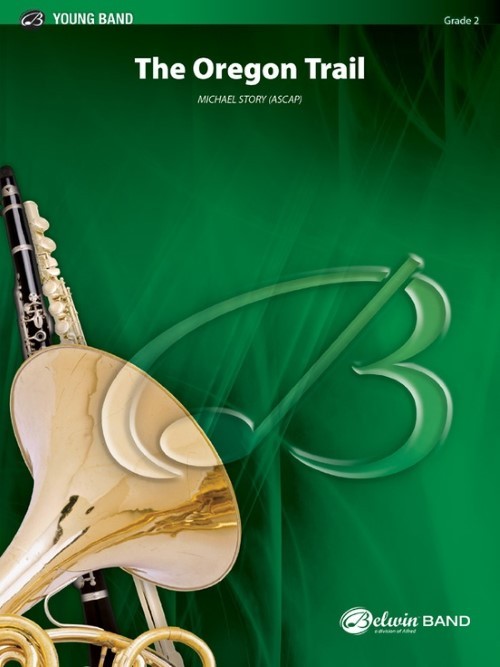 £60.50
£60.50The Oregon Trail (Concert Band - Score and Parts) - Story, Michael
The history of America was written by the pioneers who braved all the elements and hardships they faced on a daily basis. In a salute to those men and women who began their trek near Independence, Missouri, and ended it at the Columbia River region of Oregon, Michael Story brings us a sound portrait of this very important pathway. With bold sonic strokes from the winds and percussion, the work moves with energy and drive. This is an important contribution to the concert and contest literature for the young concert band.Duration: 4.45
Estimated dispatch 7-14 working days
-
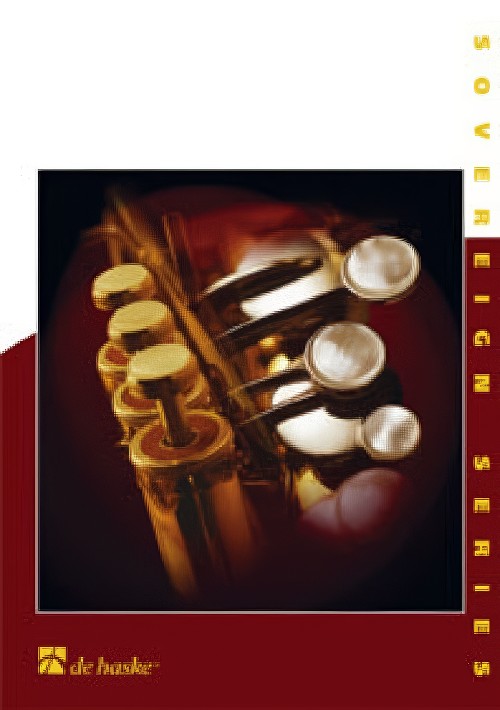 £179.99
£179.99Fantasy Tales (Concert Band - Score and Parts) - Swerts, Piet
This work, reminiscent of a film score, describes the history of the Dutch town Horn. A broad lyrical theme, played by the horns, depicts the history of this town on the river Meuse. A cheerful Allegro represents rural life around the town and its castle. Following this the horn theme returns and the music changes dramatically. A drum roll symbolises the times of war that the town and castle have known. The threatening music eventually develops once more into the hopeful horn theme, a sign of reconstruction and the future.Duration: 10:45
Estimated dispatch 7-14 working days
